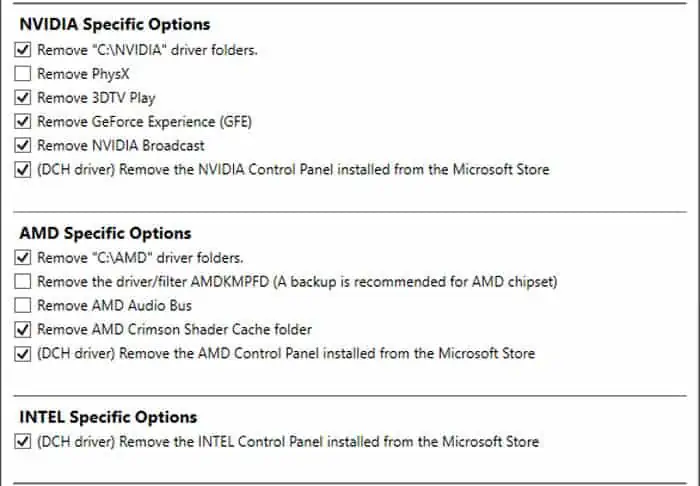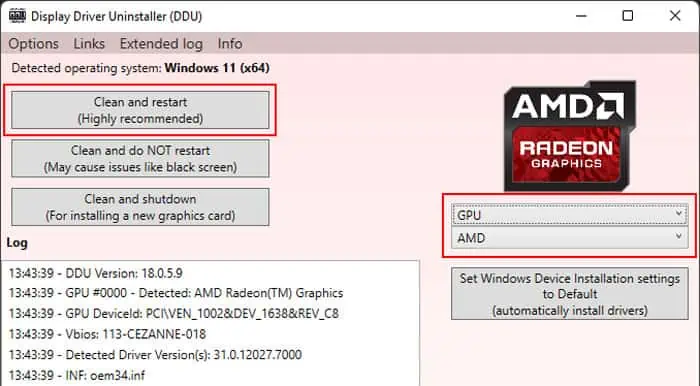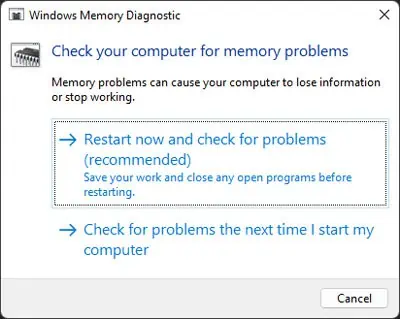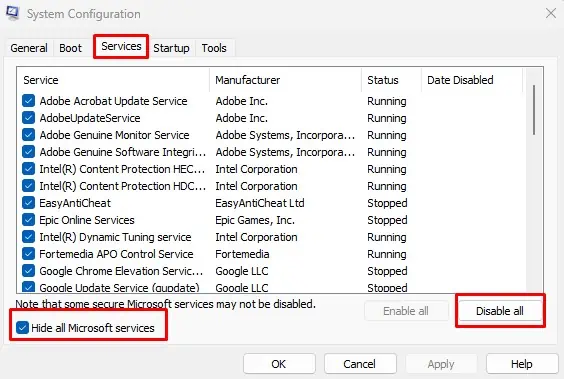Sometimes, you may suddenly observe glitches on your laptop screen, such asflickering panelsor lines, duplicating displays, and so on. While there are many types of glitches, they have similar solutions, and we have covered all of them in this article.
Before you begin, you need to execute some troubleshooting steps to determine the nature of the issue.
If your BIOS also shows a glitchy screen but the external monitor does not, the issue is with your display cable or panel.

If both your BIOS and the Task Manager do not show the issue, it’s because of conflicting apps, and you need to disable or uninstall them.
Other cases indicate problems with your Display Driver, RAM, or improper adaptive sync/refresh rate settings.
Check Display Cable and Panel
On a laptop, screen glitches commonly occur due to a loose display cable connection or damaged panel. If you usually access the laptop lid from one side only, it is possible for the panel to get twisted or your connections to come loose. The same issue can also happen if you move it around a lot in a bag.

You need to access the casing on your laptop to check for such issues and repair it. We recommend seeking help from a hardware expert if you are not confident in being able to do so yourself.
First, let’s check the cable’s connection to the motherboard since it is the easiest to do.
If not, we need to check on the screen side.

If you still get glitches, you need to replace the panel or the cable. We recommend taking your laptop to a technician for this purpose. Or, you may replace the panel by yourself using the same steps as above. If you need to replace To take out the cable, you need to pry out the part supporting the hinges from its seams.
Update or Re-install Graphics Driver
Outdated and corrupt graphics drivers are some of the main causes of many display errors. So, you must ensure they arefully updatedand working properly.
Here, we recommend uninstalling the driver and reinstalling the latest version from official sources. It’s best to run the open-source app Display Driver Uninstaller (DDU) to completely remove the residual files along with the driver to avoid future conflicts.
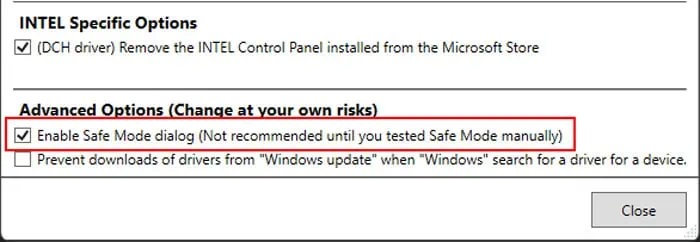
After restarting, run the driver installers you downloaded earlier and follow the instructions.
